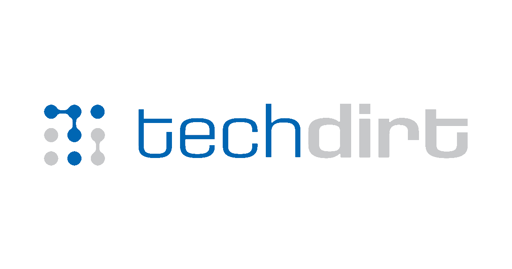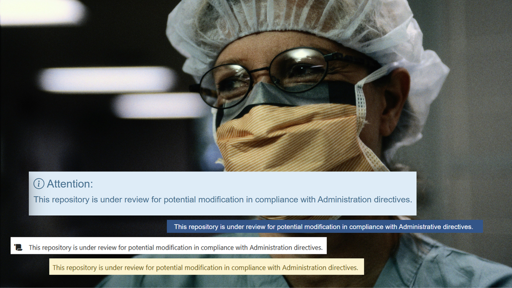

- At least on Lemmy, this is definitely what I’ve observed. If you look at any thread that’s full of sturm und drang, it’s usually a tiny handful of accounts that are creating all of it (and then roping other people into their hostility, like a little chain reaction, like Chernobyl.) If you look at the impact, it just looks like everyone’s an asshole, but if you look at the root of the trouble, you realize most people are fine and a tiny minority are noisy and hostile and they can just get everyone else spun up.
- I agree, if you’re in NYC right at this moment in history and you can’t see a bigger picture of things worth getting heated up about than White Lotus, you should talk with people in your community more.

























